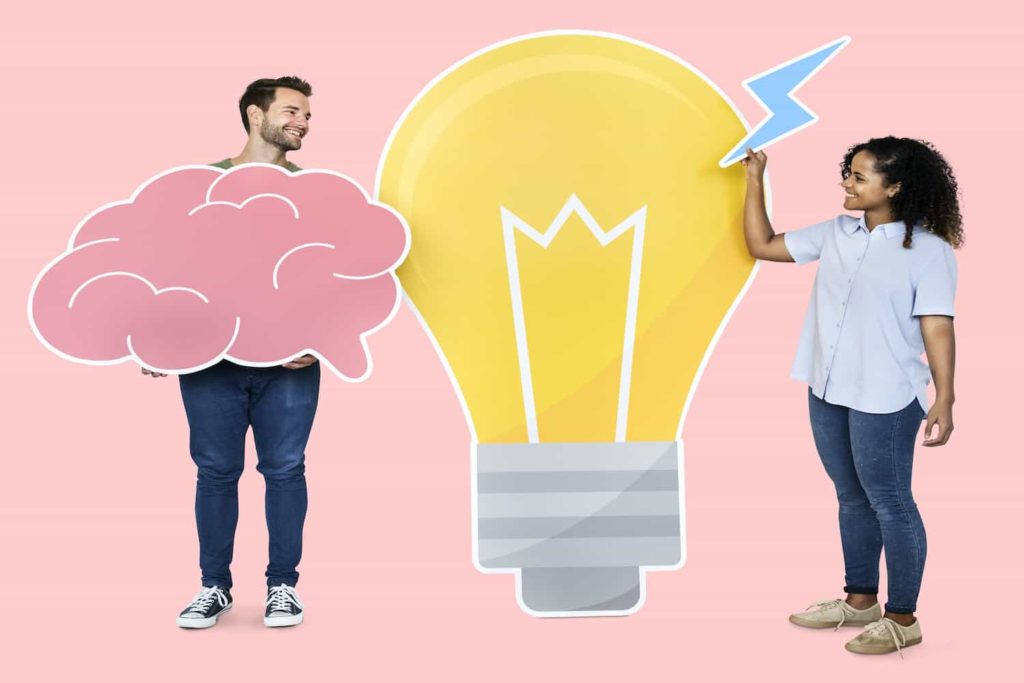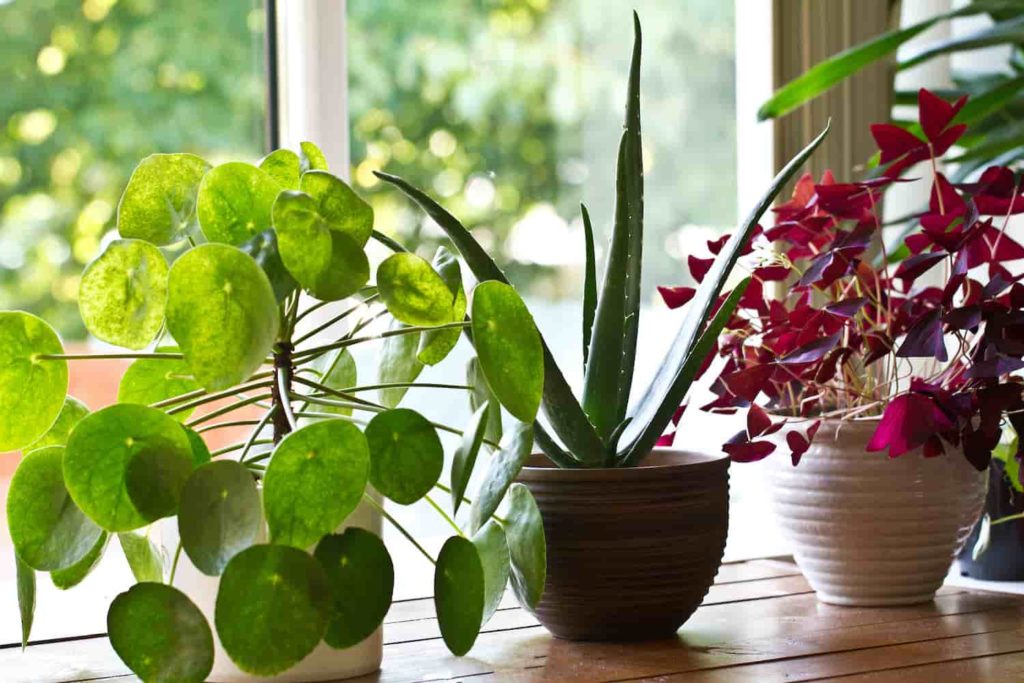
Walking, Repetition, and the Mind
What were you doing the last time that inspiration hit? Were you daydreaming in a rocking chair, folding t-shirts, taking a shower, or walking in nature? It turns out that cognitive scientists have discovered a brain state that is conducive to creativity and that there are certain activities that create the ideal conditions for it. One of those activities is walking, and particularly doing so in nature. This post explores the connection between repetitive movements such as walking and creativity so you can make the most of such activities for bringing on inspiration.
Creativity and the Brain
The cognitive science of creativity is a complex field of study leading to increasingly nuanced understandings of inspiration. While the details of the processes of creative cognition are beyond the scope of this post, a brief explanation of the basics serves as a way into the fascinating topic of inspiration.
The neuroscientist Arne Dietrich coined the term transient hypofrontality to describe the brain state in which he and others believe that creative cognition occurrs. The term sounds complex, but once broken down into its components, it can be easily understood. As the word “transient” suggests, it is a state that comes and goes. The prefix “hypo” communicates a lack of something, and “frontality” indicates the location in the brain where the lack of activity occurs. Altogether, transient hypofrontality refers to a coming and going of a lack of activity in the front part of the brain.

Why would a lack of activity in part of the brain, even if it comes and goes, create the conditions for inspiration? The answer comes from the types of tasks governed by the front of the brain, also known as the prefrontal cortex. This part of the brain is responsible for most complex cognitive behavior, including learning, decision making, and language. In terms of creativity, we can think of the prefrontal cortex as the part of the brain that sorts information out into categories. As we learn lessons through our upbringing, cultural messages, formal education, and experience, we start to classify information, objects, and actions. The more categories are reinforced, the harder it is to make new connections across those categories. This is where the brain state of transient hypofrontality becomes very useful.
In transient hypofrontality, when there is a coming and going of activity in the prefrontal cortex, the previously reinforced categories of information in the brain become less rigid. As those pre-established categories falter, connections can be made among the categories, and it is precisely those new and useful connections that are the very definition of inspiration.
New and Useful Connections
When we consider how things have always been done in our society, we are examining old, well-worn connections that we have learned over a lifetime of lessons and experiences. The breakdown of those categories and reinforced connections allows for inspiration. In fact, the very definition of creativity is the ability to come up with connections that are both novel and useful.

An example is helpful. A person from a cold, northern climate moves to the Desert Southwest. This person loves houseplants and buys several just after moving to his new home. In his experience, houseplants almost always need to be right in front of windows to take advantage of the reduced amount of soft light available in his northern homeland. He applies that same old connection in his brain of “houseplant” and “direct sunlight” to care for his plants in his new home. Within weeks of moving to the desert, he finds that many of them are dying. He can’t figure it out at first, because those previous connections in his mind are so embedded. One day when he is on a walk, he happens to notice that outdoor plants in his neighborhood are thriving in locations of full shade from the harsh afternoon sun. He makes the new and useful connection to his houseplants. He moves them to places in his new home where they are away from direct afternoon sunlight, and the plants begin to thrive.
I have purposefully used an example outside of the arts to underline the fact that creativity can be expressed in area of life. As long as the connections made are new and useful, creativity can occur in any realm. The real point of this post, however, is not categories of new and useful connections, but rather the activities that can induce the brain state in which creativity can occur.
Walking and Creativity
We now understand that the brain state of transient hypofrontality is conducive to creative thinking, but how can we enter that brain state in which new and useful connections can be made? The key seems to be a repetitive activity that allows the mind to wander, and physical activities seem to be particularly helpful in getting into those states. Given these factors, it is easy to understand why walking is an ideal activity to take us into transient hypofrontality.

Even before the brain state of transient hypofrontality was identified and named, there was much anecdotal evidence of famous historical figures taking walks and having moments of inspiration. Perhaps the most cited example is Ludwig van Beethoven, who had a daily habit of walking and bringing along writing materials because of how often inspiration struck on his walks.
Walking is not the only repetitive physical activity that can bring on transient hypofrontality; others include swimming, bicycling, or running. The key seems to be a repetitive endeavor that doesn’t require focus so that brain activity in the prefrontal cortex can come and go. The state can also be achieved through repetitive non-physical activities, such as feeling the rhythm of the shower water beating on your back or repeating a mantra as part of a meditative practice. Walking, however, is an inexpensive activity that can take us out of our ordinary environments and has the added benefit of being a healthful, low-impact activity. Creativity can be expressed in any number of areas of life, from artistic ones like composing music, to more mundane ones like caring for houseplants. If you decide to try accessing your inspiration through walking, you might follow Beethoven’s lead and bring writing materials so you can jot your ideas down or do as I do and record them as a voice memo on your phone. Happy walking, happy creating.